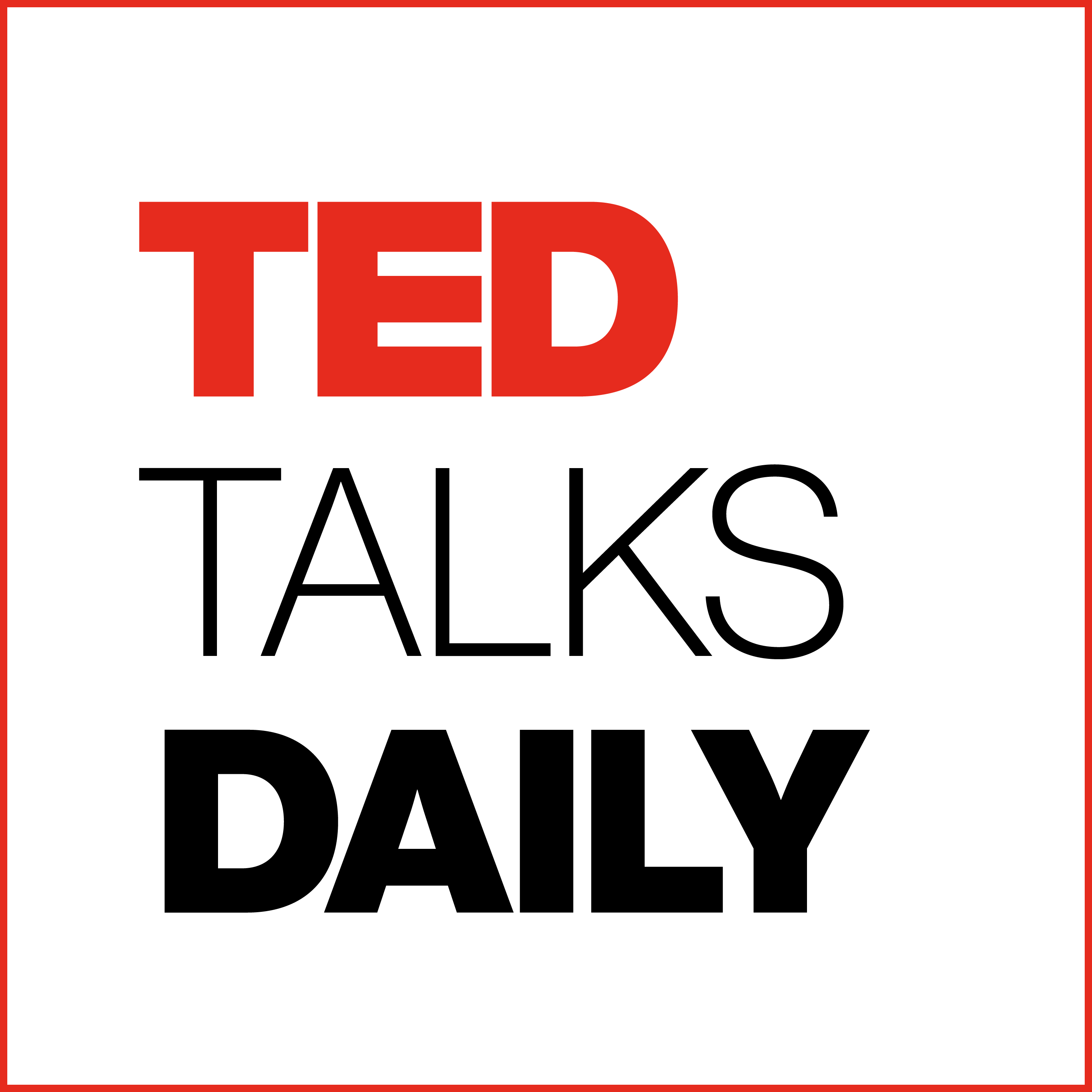Are Your Eyes Lying To You? Spotting Fake AI Images
The Main Idea in a Nutshell
- AI can create super realistic fake photos and videos, which is making it hard to know what's true, but we can learn to spot the fakes and must be careful about what we believe and share online.
The Key Takeaways
- AI Fakes are a Huge Problem: AI can now create fake images of anything, from made-up news to scams, making it a serious threat to our trust in what we see.
- Experts Can Spot the Fakes: Scientists can tell if a photo is AI-generated by looking for clues that AI misses, like weird shadows or incorrect physics.
- Social Media is Not Your Friend: The speaker says social media is like "junk food" for your brain, designed to grab your attention, not give you reliable news.
- You Are Part of the Solution: We all have a responsibility to stop and think before sharing things online so we don't spread misinformation.
- Fun Facts & Key Numbers: Fact: The speaker estimates that close to 50% of the images you see online could be fake.
Important Quotes, Explained
Quote: "> I contend that we are in a global war for truth."
- What it Means: He's saying that the fight between real information and fake information online is as serious as a war, affecting everyone around the world.
- Why it Matters: This shows how high the stakes are. It's not just about funny fake pictures; it's about whether we can trust our news, our leaders, and even our own eyes.
Quote: "> social media is not a place to get news and information... it is a place that Silicon Valley created to steal your time, your attention by delivering you the equivalent of junk food."
- What it Means: He's comparing social media to junk food – it might be addictive and fun for a moment, but it's not healthy or nutritious for your mind and can be full of garbage.
- Why it Matters: This is a direct warning to be very skeptical of what you see on platforms like TikTok, Instagram, or X (Twitter), because their main goal isn't to inform you, but to keep you scrolling.
The Main Arguments (The 'Why')
- First, the author argues that AI has made creating fake images incredibly easy for anyone, which is why we see so many more fakes than ever before.
- Next, he provides evidence that AI-generated images have specific flaws because AI doesn't understand the real world. For example, it messes up the physics of shadows and how parallel lines should look in a photo (like railroad tracks getting smaller in the distance).
- Finally, he points out that social media platforms are designed to spread lies and conspiracies faster than the truth because shocking and fake content gets more clicks and attention.
Questions to Make You Think
- Q: Can I use a website to check if a photo is fake?
A: The speaker says no. He warns that there aren't any reliable public websites for this, and some fake sites even exist to "authenticate" other fake things. The real tools are used by experts like journalists and police.
Q: How does AI actually create a fake image?
A: The text explains it's like a reverse-engineering process. The AI is trained on billions of real photos. It learns how to turn a screen of random static (he calls it "visual noise") into a brand new, coherent image that matches a text description you give it.
Q: Can experts always tell the difference between a real and a fake photo?
- A: The speaker says it's possible to tell the difference, but it's getting harder and harder. That's why they use multiple different tests, not just one, to be sure.
Why This Matters & What's Next
- Why You Should Care: This topic is super relevant to your daily life. It affects the news you see, the things your friends share, and even online safety. Knowing about this helps you become a smarter, more critical thinker who isn't easily fooled by fake stuff online.
- Learn More: Check out the YouTube channel "Above the Noise" from KQED. It breaks down current events and tricky topics, including misinformation and media literacy, in a way that's perfect for students.

